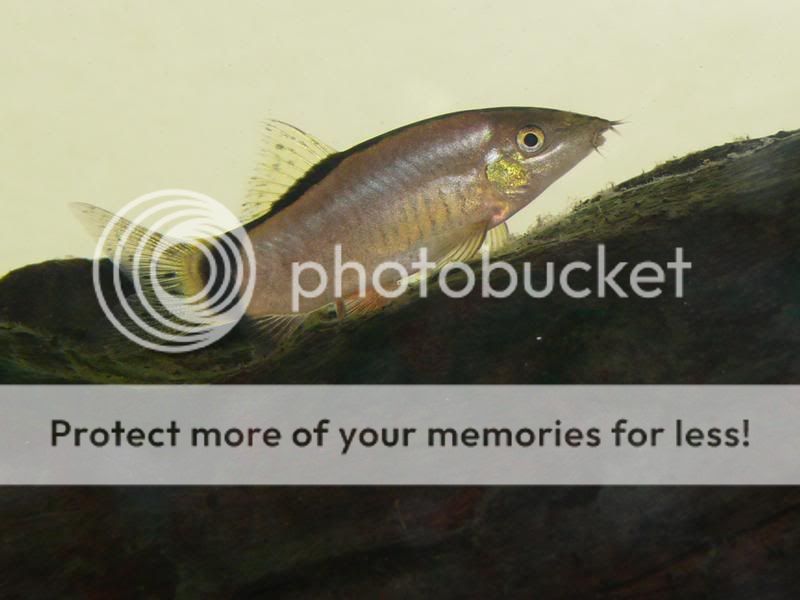Orange-finned Loach (Yasuhikotakia modesta)
Scientific Name: Yasuhikotakia modesta
Common name: Red-finned loach, Orange-finned loach, Yellow-finned loach
Care Level: easy
Size: 10 inches
pH range: 6.0-7.0
Temperature range: 24-28 degrees Celsius (76-82 degrees Fahrenheit)
Origin: Vietnam, Cambodia, Laos, Thailand
Temperament: extremely aggressive
Compatible Tankmates:
Usually feisty tankmates that can handle their aggression are recommended as tankmates with this fish such as tiger barbs, arulius barbs and garras.
Due to their attitude, they may be best kept in a tank with
Yasuhikotakia morleti,
Yasuhikotakia eos,
Syncrossus spp and other large and aggressive loaches.
Diet: Meaty foods such as bloodworms, earthworms, snails, mussels and shrimps are appreciated greatly.
Tank Size for Adult: Due to their slow growth rate, a 75g can handle 6-8 of these fish. An upgrade in tank size will be needed once they reach six inches in length as they tend to cover large areas as they clash to settle territorial disputes.
Narrative:
Yasuhikotakia modesta is another popular loach although second only to the
Chromobotia macracanthus. They are extremely aggressive so it is unwise to try them in community setups where they will inflict physical damage on their fellow tankmates. A large tank should be in order due to their potential size and as they are rather feisty, they need a very spacious tank where they can mark their boundaries and establish social hierarchy.
These have long been confused with
Yasuhikotakia lecontei. They are quite discernable due to the fact
Yasuhikotakia lecontei has a more slender body shape and are almost silvery in color compared to the
Yasuhikotakia modesta who has a more compact body shape appearance. Several morphs are available often with orange to yellow fins and a few times, some have rather pink body.
Be careful when attempting to catch them because like all other botiine loaches, they have a spine found under each eye as a means of defense mechanism.
Lastly, there have been dyed specimens circulating around. Why they were dyed despite their natural coloration is not understood. These fish do not need improvement in their natural coloration. There is no reason to condone such act of cruelty. These are quite easily distinguished by splotches of color around the body which is quite different from the ones that are not dyed.









